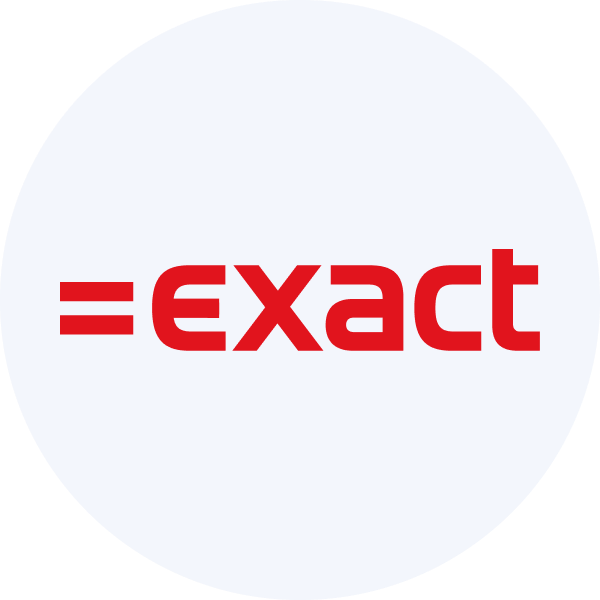Accounts payable overview
Get a detailed, real-time view of your customers' supplier invoices to assess creditor risk
Our accounts payable feature offers a thorough breakdown of a borrower's creditors ledger sourced from their accounting platform. You can examine the ledger in its entirety or delve into specific supplier histories, enabling full automation of the payables financing process.
Use cases
Common uses of our accounts payable feature include:
Digital data collection: get an ongoing feed of supplier invoices.
Supplier risk analysis: gain insights into the borrower's relationship with the supplier including a fully history of bills, payment behaviour, and discounts provided on previous bills.
Feature components
Supported outputs
You can retrieve the data pulled and enriched by the feature by downloading a report in an Excel format or calling the accounts payable endpoints of our API.
Get started
Once you have the Lending API enabled, configure your instance to work with our accounts payable feature.
Configure data sources
Follow the respective guides to set up and enable accounting integrations that will serve as a data source for the feature:
Enable data types and sync schedule
See how to enable data types and ensure the following data types have been switched on:
- Suppliers
suppliers - Bills
bills - Bill payments
billPayments - Bill credit notes
billCreditNotes
Configure the solution to refresh data when you need it by setting a synchronization frequency. We recommend setting it to a daily or monthly sync.
Configure webhooks
We recommend you configure the following webhooks to manage your data pipelines. These webhooks send a notification for each dataType separately.
Dataset status has changed to an error state
If you receive a notification from this webhook, it means an issue occured when syncing the specified data type. Resolve the issue and initiate the sync for this dataset again.
If you receive a notification from this webhook, it means data has been updated for the specified data type. This can include new, updated or deleted data. You should then refresh the data in your platform.













